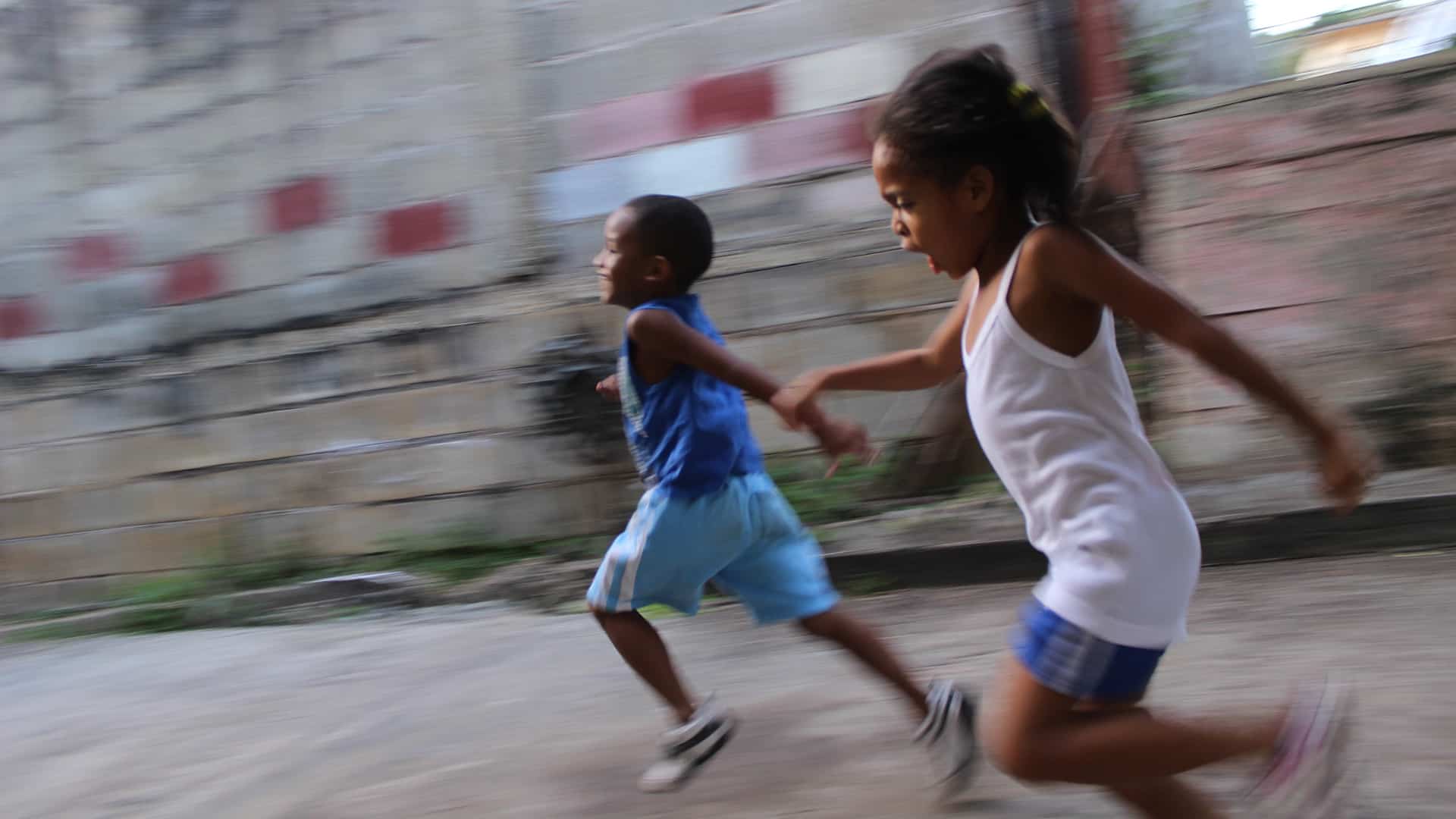Capturing motion is we all do when we press the shutter release of our camera. Fixing action, or, on the contrary, letting it unfold legibly on film, however, requires some technical skills and mastering a few tricks of the trade to lend meaning to your image. If you want to master movement photography, we offer tips on how to best capture movement.

You’re getting blind.
Don’t miss the best of visual arts. Subscribe for $9 per month or $108 $90 per year.
Already suscribed ?



